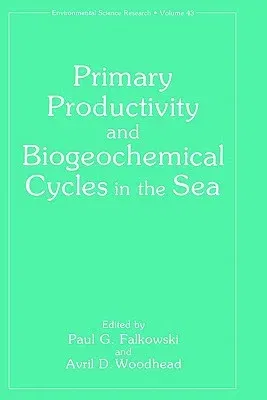Primary Productivity and Biogeochemical Cycles in the Sea (1992)Hardcover - 1992, 31 May 1992

Qty
1
Turbo
Ships in 2 - 3 days
In Stock
Free Delivery
Cash on Delivery
15 Days
Free Returns
Secure Checkout

Part of Series
Environmental Science Research
Part of Series
Defense Research Series
Part of Series
Environmental Science Research (Closed)
Part of Series
Environmental Science Research (Closed) Environmental Scienc
Part of Series
Environmental Science Research Environmental Science Researc
Print Length
550 pages
Language
English
Publisher
Springer
Date Published
31 May 1992
ISBN-10
0306441926
ISBN-13
9780306441929
Description
Product Details
Book Edition:
1992
Book Format:
Hardcover
Country of Origin:
US
Date Published:
31 May 1992
Dimensions:
23.39 x
15.6 x
3.18 cm
Genre:
Ecology
ISBN-10:
0306441926
ISBN-13:
9780306441929
Language:
English
Location:
New York, NY
Pages:
550
Publisher:
Series:
Weight:
961.62 gm